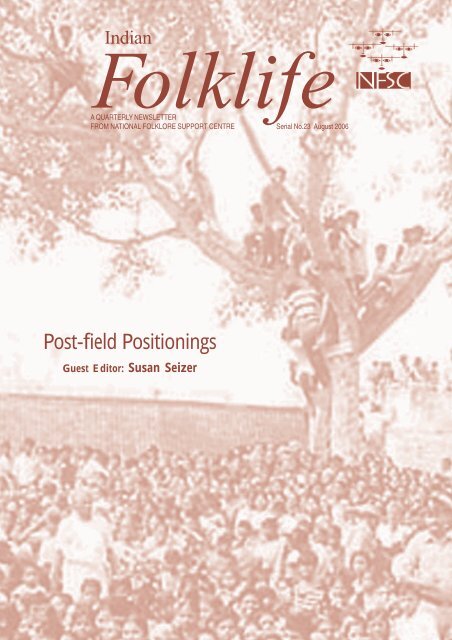

We know how very few in this world can come to the last, or even dare believe in it, and fewer still dare act according to it. It begins with dualism, goes through a qualified monism and ends in perfect monism.

It went from the external to the internal cosmic body, God immanent in the universe, and ended in identifying the soul itself with that God, and making one Soul, a unit of all these various manifestations in the universe. We have seen that it began with the Personal, the extra-cosmic God. "These are the salient points of the three steps which Indian religious thought has taken in regard to God. And the Ranayaniya in the Maharastra, Karnataka Gokarna, few parts of Orissa." - Source: The Jaiminiya in the Carnatic, Tamilnadu and Kerala.

There are three recensions of the text of the Samaveda Samhita: The Kauthuma recension is current in Gujarat, Uttar Pradesh, Orissa and since a few decades in Darbhanga, Bihar. Samaveda's Upaveda (technical manual) is Gandharvaveda that deals not only with the topics of music but also of dance and theatre. When sung the verses are further altered by prolongation, repetition and insertion of stray syllables (stobha), as well as various modulations, rests and other modifications prescribed in the song-books (Ganas). There are frequent variations from the text of the Rigveda that are in some cases glosses but in others offer an older pronunciation than that of the Rigveda (such as for common ). The verses have been transposed and re-arranged, without reference to their original order, to suit the rituals in which they were to be employed. It consists of a collection (samhita) of hymns, portions of hymns, and detached verses, all but 75 taken from the Sakala Sakha of the Rigveda, the other 75 belong to the Bashkala Sakha, to be sung, using specifically indicated melodies called Samagana, by Udgatar priests at sacrifices in which the juice of the Soma plant, clarified and mixed with milk and other ingredients, is offered in libation to various deities. Its earliest parts are believed to date from 1700 BC (since all of its verses are from the Rigveda) and it ranks next in sanctity and liturgical importance to the Rigveda. "The Sama veda (from saman melody and veda knowledge), is second (in the usual order) of the four Vedas, the ancient core Hindu scriptures.
#Sama veda wiki pdf
Part 2 contains 399 hymns arranged in 22 chapters and 9 books.Visit Downloads Page for Link to download this E-Book as a PDF File.Īcknowledgement: We are thankful to Veda Prasar Samiti, Chennai for providing the pdf files of Vedas in Devanagari script to us. Part 1 contains 59 hymns arranged in 12 chapters and 6 books. Sama Veda contains 458 hymns arranged in 34 chapters, 15 books and two parts. The hymns are taken from Rigveda with some rearrangements and added words to enhance melody. The hymns are but shorter containing only a few couplets. Each chapter in the books of second part contains around twenty hymns. In the second part, book 1 to 5 contains two chapters each and book 6 to 9 contains three chapters each. Each hymn contains five couplets (ten lines) and hence are called decades. In the first part, each book contains two chapters and each chapter contains around five hymns. The source of plain text is Below is the master-index of the Samaveda arranged into two parts, with 6 books in the first part and 9 books in the second part. Individual pages for around 300 nouns are created explaining their context as well as enhancing their meaning and understanding. This wiki contains 34 front pages and more than 300 noun pages and more than 4000 hyperlinks inter connecting related nouns or words found in the Samaveda-text. Wikisource however does not contain hyper-links interconnecting nouns in the text. This is the only completed Sama Veda project available online in Wiki format apart from Wikisource at Wikipedia.


 0 kommentar(er)
0 kommentar(er)
